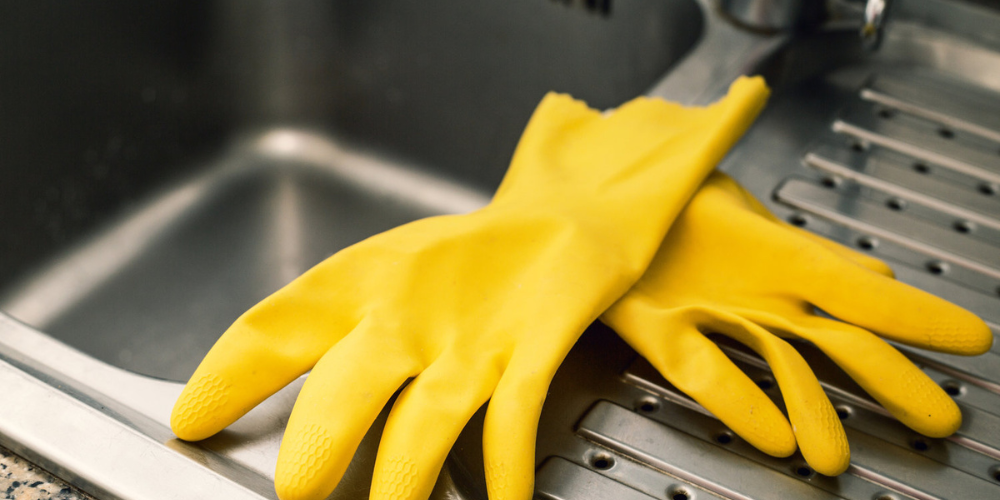Proper maintenance of a plastic grease trap is important to ensure that it continues to function effectively and efficiently. Here are some tips for maintaining a plastic grease trap:
- Regular cleaning: Grease traps should be cleaned regularly to remove accumulated FOG and other debris. The frequency of cleaning will depend on the size of the grease trap and the volume of wastewater that it receives. Most grease traps require cleaning every 30 to 90 days.
- Proper disposal of waste: The waste removed from the grease trap should be disposed of properly. This typically involves placing the waste in a sealed container and disposing of it in a garbage bin or by contacting a waste management company that specializes in FOG disposal.
- Inspections: Regular inspections of the grease trap can help identify any issues or potential problems before they become more serious. For this, you have to improve your know-how for grease trap equipment. Inspections should be performed by a trained professional and should include checking the inlet and outlet pipes, the baffles, and the condition of the tank.
- Repairs: Any issues identified during inspections should be addressed promptly to prevent further damage or degradation of the grease trap. Common issues that may require repair include damaged or broken baffles, leaks, and clogs.
- Record keeping: Keeping accurate records of cleaning and maintenance activities is important to ensure compliance with regulations and to help identify any patterns or trends in the performance of the grease trap.
By following these maintenance tips, businesses can ensure that their plastic grease trap remains in good working condition and continues to provide effective waste control.
Grease trap equipment and tools:
Grease traps are plumbing devices used to separate and capture fats, oils, and grease (FOG) from wastewater from kitchens and gardens before it enters the sewer system. There are various types of equipment used in grease trap systems, including:
- Grease trap tank: This is the main component of a grease trap system and is designed to capture and hold FOG. Grease trap tanks can be made of various materials, including plastic, concrete, or steel.
- Inlet and outlet pipes: These pipes connect the grease trap tank to the plumbing system and control the flow of wastewater into and out of the grease trap.
- Baffles: These are internal components of the grease trap tank that slow down the flow of wastewater and allow FOG to separate and float to the surface, where it can be captured and removed.
- Grease trap pump: In larger commercial applications, a grease trap pump may be used to remove the FOG from the grease trap tank and transfer it to a collection container for disposal.
- Grease trap cover: A grease trap cover is used to prevent debris and other materials from entering the grease trap and to provide access for cleaning and maintenance.
- Grease trap alarm: A grease trap alarm can be installed to alert the business owner or operator when the grease trap is nearing capacity and needs to be emptied.
- Grease trap cleaning tools: Various tools may be used to clean a grease trap, including scrapers, skimmers, and pressure washers.
Overall, these pieces of equipment work together to capture and remove FOG from wastewater and help prevent blockages


